Forms of Energy Worksheets 4th Grade
Are you a fourth-grade teacher searching for engaging and educational resources to teach your students about forms of energy? Look no further! Our Forms of Energy Worksheets are designed specifically for fourth-grade students, providing them with a comprehensive understanding of this important science topic.
Table of Images 👆
More Energy Worksheets
Light and Heat Energy WorksheetsTypes of Energy Transfer Worksheet
Energy Light Heat Sound Worksheets
3 Forms of Energy Worksheets
Energy Worksheets for Third Grade
What is electrical energy?
Electrical energy is a form of energy resulting from the flow of electric charge through a conductor, such as a wire. It is generated by the movement of electrons in an electrical circuit and is commonly used to power devices and appliances in homes, businesses, and industries through outlets or batteries.
What is thermal energy?
Thermal energy is the energy that comes from the movement of particles within a substance. It is related to the temperature of an object and is a form of kinetic energy that increases as the temperature rises. Thermal energy is transferred through processes such as conduction, convection, and radiation and is an important factor in various natural and technological processes.
What is mechanical energy?
Mechanical energy is the energy possessed by an object due to its motion or position. It can be either kinetic energy, which is the energy of an object in motion, or potential energy, which is the energy stored in an object based on its position or state. The total mechanical energy of an object remains constant unless acted upon by external forces, according to the principle of conservation of energy.
What is chemical energy?
Chemical energy is a form of potential energy that is stored in the bonds of chemical compounds such as molecules and atoms. It is released when chemical reactions occur and these bonds are broken. This energy is then converted into other forms of energy like heat, light, or kinetic energy, making it an important source of energy for many natural and artificial processes.
What is radiant energy?
Radiant energy is energy that is transmitted in the form of electromagnetic waves, such as light, radio waves, and gamma rays. This energy can travel through space and is typically emitted by sources such as the sun or artificial light sources. It plays a crucial role in various processes, including photosynthesis, heating, and communication.
What is nuclear energy?
Nuclear energy is produced through the process of splitting atoms in a controlled reaction, known as nuclear fission. This reaction releases large amounts of heat energy, which is then used to generate electricity. Nuclear energy is a low-carbon and highly efficient power source, but it also comes with concerns about safety, nuclear waste disposal, and the potential for nuclear accidents.
What is potential energy?
Potential energy is the energy that an object possesses due to its position or condition. It is stored energy that has the potential to do work. This form of energy can be converted into other forms such as kinetic energy when the object is in motion, gravitational potential energy due to its height above the ground, or elastic potential energy stored in a stretched or compressed object.
What is kinetic energy?
Kinetic energy is the energy an object possesses due to its motion. It is directly proportional to the mass of the object and to the square of its velocity, meaning that the faster an object is moving and the more massive it is, the greater its kinetic energy will be. This form of energy can be transferred between objects during collisions or converted into other forms of energy, such as potential or thermal energy.
What is sound energy?
Sound energy is a form of mechanical energy that is created by vibrations traveling through a medium such as air, water, or solids. These vibrations create changes in air pressure which our ears can detect as sound. Sound energy is a type of kinetic energy created by the movement of particles in the medium and can be produced by sources such as musical instruments, voices, or machines.
What is gravitational energy?
Gravitational energy is the potential energy stored in an object as a result of its position in a gravitational field. This energy is determined by the object's distance from the center of mass of another object, such as the Earth, and is released when the object is allowed to fall towards the Earth due to gravity.
Have something to share?
Who is Worksheeto?
At Worksheeto, we are committed to delivering an extensive and varied portfolio of superior quality worksheets, designed to address the educational demands of students, educators, and parents.

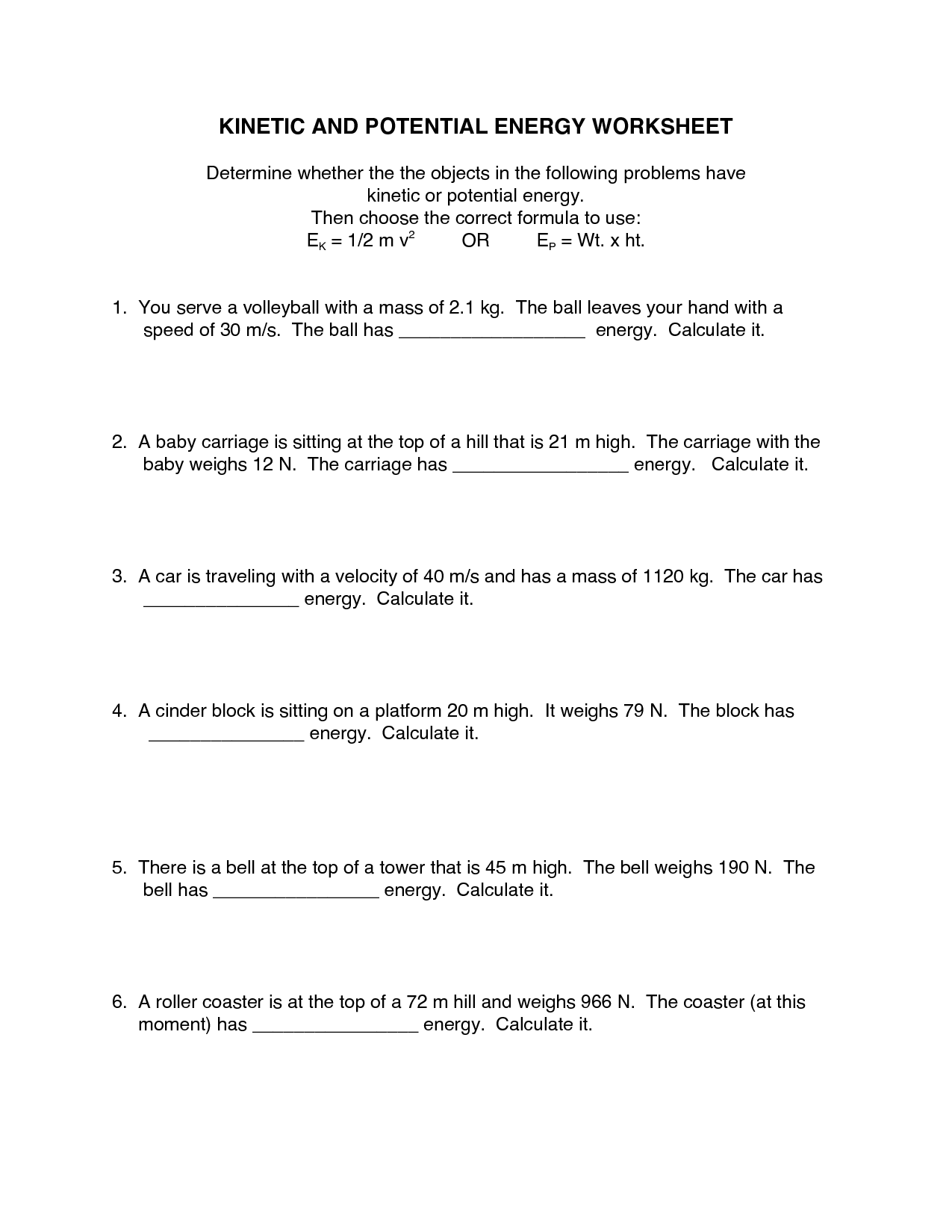



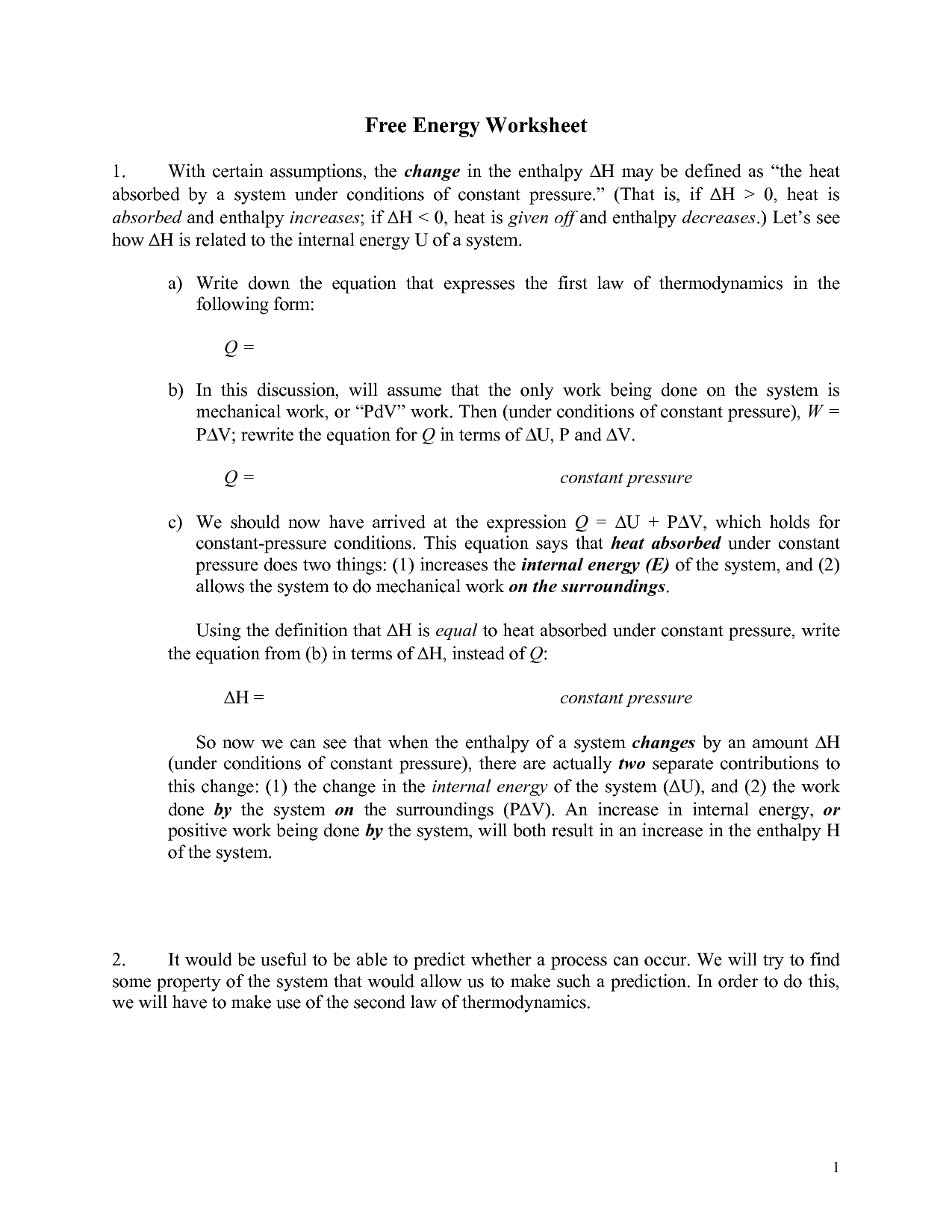
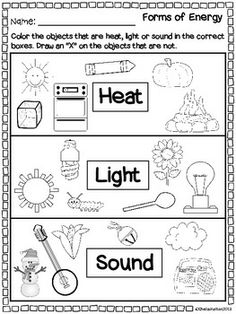
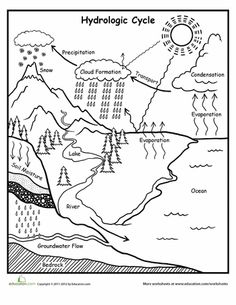
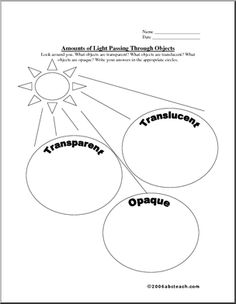
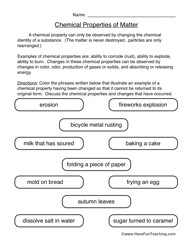














Comments